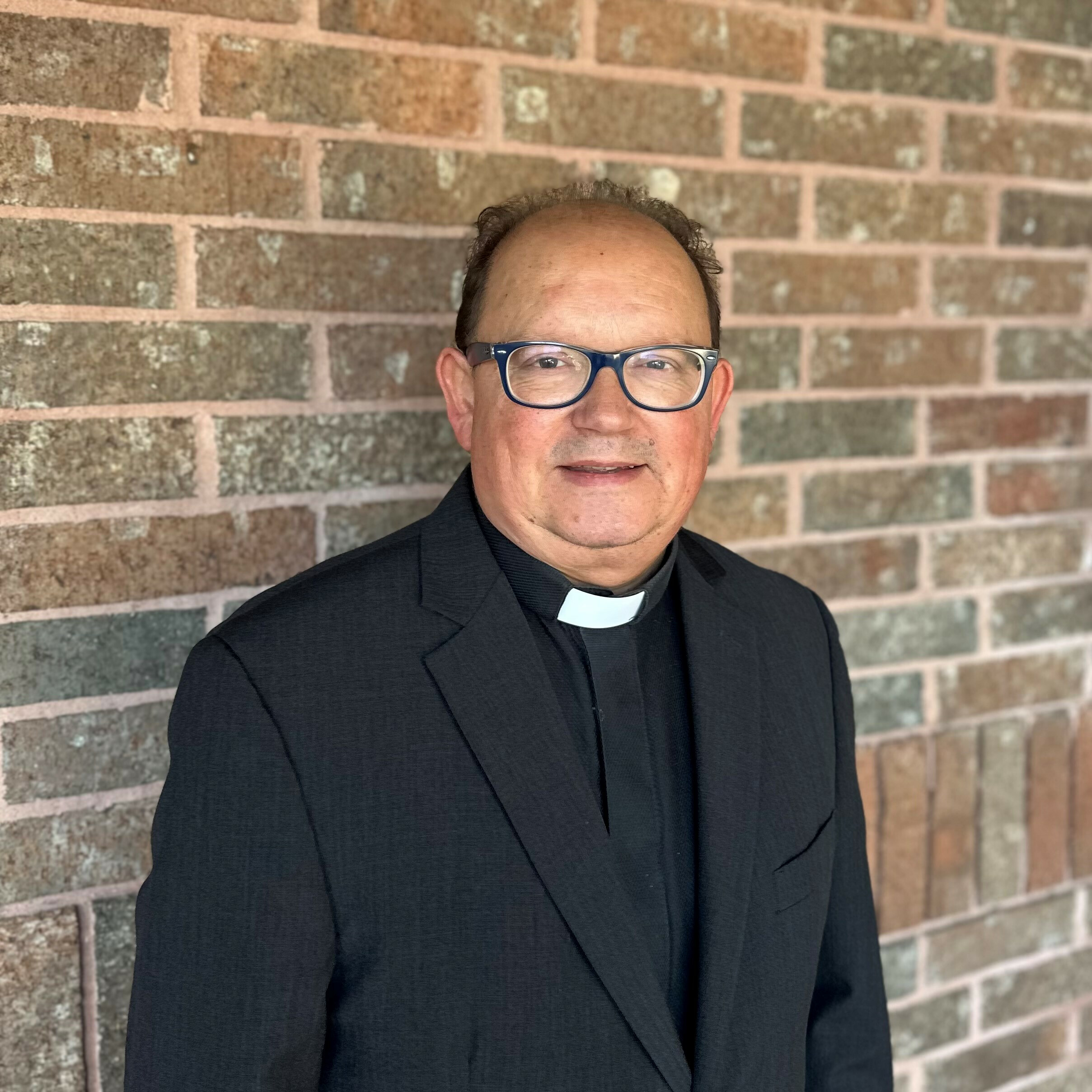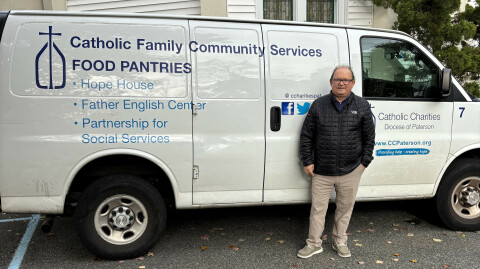TLDR: The Rector reflects on what change means for a small church like ours in light of the retirement of Mrs. Laurie Riggs. Please read on for more.
The German philosopher Martin Heidegger (1889-1976) posed that we are always in the process of becoming. You are new every morning. The person you were yesterday is now a day older, a few ounces heavier, a bit more experienced, perhaps a bit more tired or lonely, and hopefully a bit wiser. You truly “never bathe in the same river twice.” By the time you come to the river the second time, the waters in which you bathed are miles downstream. The waters of today are not the same waters of yesterday. Not only is change inevitable, but it is also indispensable. Human beings are impermanent, while only God is permanent. What applies to humans also applies to the things humans create, the systems they put in place to manage and control their environments, the types of dwellings they inhabit, the modes of transportation they use, and the ways in which they chose to gather as communities. We are constantly evolving. What this means is that none of us enter a story at the beginning of the story, but rather, we enter in the middle of the story. And the story will continue to unfold when we are gone. Our job then is to make a mark in the here and now of our life, and then to leave the dance to someone else.
Accepting our impermanence is very hard. All truth be told, most humans don’t really like change, especially as we get older, and our bodies begin to show the wear and tear left behind by all our yesterdays. Many of us become dangerously enmeshed with the systems of which we are a part, whether they are family, job, community, political party, or social club. Soon, our very identity is so connected to these systems that we begin to lose our God-given individuality and fall for groupthink. The solution to this enmeshment is to adopt a healthy amount of skepticism in relation to the group, as well as clear boundaries. Healthy skepticism allows one to contemplate the possibility that the group’s opinions or practices may not always be true or healthy. At this point, healthy boundaries will allow you to decide or adopt a position that does not compromise the truth or your value system.
Accepting impermanence in a job setting or small system, like a church, is often extremely hard, but it is absolutely necessary. One of my professors in seminary used to say, “At a member-to-member level every church is a family. At a pastor-to-member level every pastor is a very distant cousin. They may visit for a season, but everyone expects them to leave eventually, and in some cases, the sooner the better.” What this means is that impermanence is built within the very DNA of our jobs. What applies to clergy also applies to the staff that manage our offices and do additional ministry alongside the Rectors. All of us are transitory, which is the reason why many priests hire employees who are not members of their churches. It is easier to separate from distant cousins than it is to separate from brothers and sisters.
This brings us to Mrs. Laurie Riggs. When Mrs. Riggs started at Saint Dunstan’s, Claude E. Payne was the Bishop of our Diocese, The Rev. John R. Bentley was Rector of Saint Dunstan’s, The Bentley Educational Center had just been consecrated by Bishop Payne a year before (1998), and there had never been a female presiding bishop of any Anglican province in the world. Of the hundreds of American Bishops, only 8 were women. Today, almost half of our Bishops are women. The national church was embroiled in a deep controversy over homosexuality, and schisms, divisions, and lawsuits abounded. She preceded Fr. Rob Price by six years and Fr. Roman Roldan by twenty. In those days, church management relied on paper and pencil (and typewriters) for Parochial Reports, newsletters, and other advertisements. The Diocese still owned Saint Luke’s Hospital System, and several of our most important diocesan foundations had not been created. The national Church had eleven residential seminaries, as opposed to four residential schools today. Membership was upwards of 2.5 million people, which is almost a million more than we have today. And Saint Dunstan’s was a growing congregation.
Twenty-five years later, we have a church that must rely on sophisticated technologies to do more with fewer financial resources. This is the age of artificial intelligence, cloud-based computing, online giving, electronic communications, live streaming, and a changing demographic in both Klein and Spring. In many ways we are smaller and must become nimbler to handle the challenges of the day. Laurie has witnessed and played a great part in nearly half of St. Dunstan’s history. She leaves a strong foundation on which we must build, especially as membership declines continue to impact American Christianity, and the Denomination experiences declines in giving. The world has changed greatly since the COVID-19 Pandemic and many Christians have not yet made the transition back to brick-and-mortar churches. Some may never return.
I want to thank Laurie for twenty-five years of faithful service to a church that is very different today from the church she inherited. Thank you for your leadership. With God’s help we will build on the foundation you have left us. I am looking forward to celebrating your retirement,
Blessings to all,
Fr. Roman+





